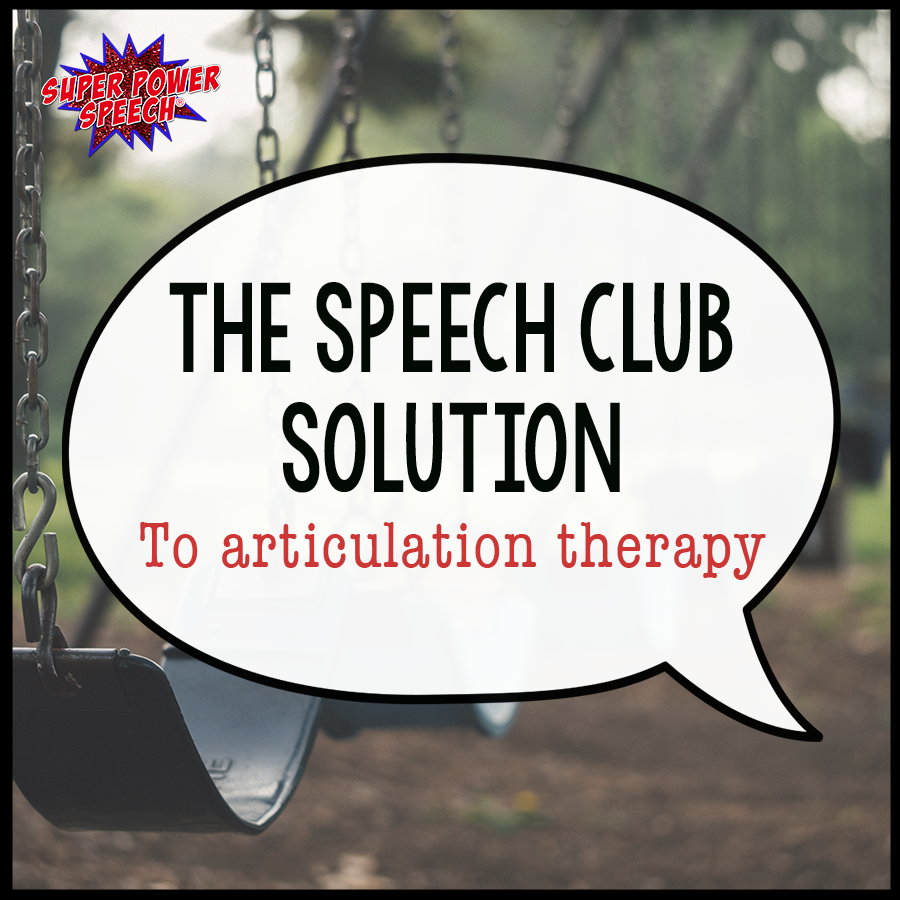Selective Mutism
A disclaimer: Selective Mutism is NOT a communication disorder. It is thought to be caused by severe anxiety and is therefore a mental health issue. I, however, currently work with two students with this diagnosis (and have worked with others in the past) on ways to increase communication through Augmentative and Alternative Communication.
A recent People Magazine article gave a nice description of one family’s struggle with this disorder.
About 7 in every 1,000 American children suffer from selective mutism, according to the American Academy of Child and Adolescent Psychiatry. Left untreated, some grow up depressed and reclusive. (Seung-Hui Cho, the shooter in the Virgina Tech tragedy, had the disorder.) When Jacob does talk freely, he pains a vivid picture of his anguish. “He said, ‘When I try to speak, my bones feel like glass,” recalls Donna, 37, a stay-at-home mother. “’My skin feels like paper, and my lips are glued shut.’”
Some of the techniques that I use with these students include simple one message voice output buttons like described here, and communication boards described here. All the students I have worked with that have this diagnosis are able to write, so written answers (usually just a few words long) serve as an alternate form of communication. I have not yet had success with sign language or gestures, as the anxiety of verbal communication seems to carry over to signed and gestural communication.








Oh good Lord, I’m one of those 7! 😉
I have a daughter with selective mutism (she’s 4.5). I am blogging about it in case others might want to know more personal accounts of selective mutism and the things we are working on to help her. I also have some helpful links on the site as well.
the blog is http://raisingsmartgirls.wordpress.com